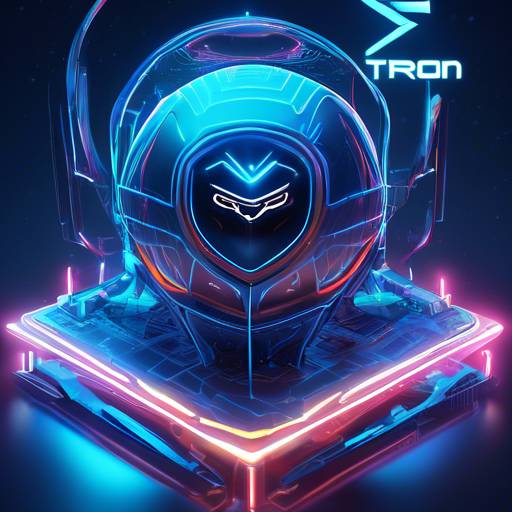The Future of Blockchain: Initia Secures $7.5 Million Funding
If you’re a crypto enthusiast, you’ll be excited to hear that former developers from Terra and Cosmos have successfully secured a significant funding round of $7.5 million for their latest blockchain venture, Initia. Specializing in rollups, Initia is set to launch in the second quarter with high expectations. Let’s dive into the details of this exciting development.
The Financing for Initia’s Growth by Terra and Cosmos
A group of ex-developers from Terra and Cosmos has managed to secure an impressive $7.5 million funding round for Initia, a blockchain platform specifically designed to support various Layer 2 networks right from the start. This funding was led by Delphi Ventures and Hack VC, with additional participation from Nascent, Figment Capital, Big Brain, and A.Capital.
- Initia receives $7.5 million funding for its blockchain platform
- Financing led by Delphi Ventures and Hack VC
- Former developers from Terra and Cosmos involved in the project
The Investors Behind the Funding
The funding round for Initia saw participation from well-known cryptocurrency traders such as Cobie, DCF God, Zaheer Ebtikar (co-founder of Split Capital), Fiskantes, and WSB Mod. Additionally, Nick White, COO of Celestia, joined as an angel investor to support the project’s growth.
The Structure of the Funding
The funding for Initia was structured as a SAFE agreement with a token warrant. While the exact valuation remains undisclosed by the team, they hinted that it amounted to a nine-figure sum. Currently operating on a closed test network, Initia has already attracted DeFi projects looking to build applications on its platform.
Upcoming Launch Plans
Initia is gearing up for the launch of an incentivized testnet in early April. Following the resolution of any issues during this phase, the project is expected to release its mainnet sometime in the second quarter.
Initia Revolutionizes Incentivization and Liquidity in Layer 2 Networks
Initia stands out as a platform that prioritizes supporting Layer 2 networks right from its inception. It introduces a novel approach to incentivizing activity within its ecosystem through various mechanisms:
- An extensive portion of token supply allocated to monthly incentive programs
- Governance token INIT used for distribution decisions among layer 2 networks
- Network developers earning commissions through token distribution akin to decentralized grants
Embedded Liquidity Feature
One key feature of Initia is its “embedded liquidity” concept that ensures native liquidity at the core of the network. This simplifies token exchanges when users transition between different layer 2 networks. By leveraging this embedded liquidity, Initia aims to create an exchange hub where users can pay transaction fees using different tokens on Layer 1 while enjoying fee payment flexibility on Layer 2 networks.
The Fork of Cosmos Hub and the Birth of GovGen
In recent developments within the Cosmos Hub community, Proposal 848 was surprisingly approved despite initial expectations indicating possible failure. This proposal reduces the maximum inflation rate of the native token ATOM from 10% to 20% and garnered acceptance with a majority vote.
- Cosmos Hub approves Proposal 848 reducing ATOM inflation rate
- Jae Kwon forks Cosmos Hub to create AtomOne and launches GovGen for decentralized decision-making
- All in Bits highlights concerns about security properties in Proposal 848
Rationale Behind AtomOne Creation
Jae Kwon decided to fork Cosmos Hub following Proposal 848’s approval to create AtomOne and introduce GovGen as a means to decentralize decision-making related to AtomOne’s genesis block. All in Bits emphasized that Proposal 848 could jeopardize Cosmos’ fundamental pillars and ecosystem security according to a significant minority within the community.
Hot Take: The Future Landscape of Blockchain Innovations 🚀
As you delve deeper into the world of blockchain technology, initiatives like Initia are shaping the future landscape with innovative approaches to incentivization and liquidity management across Layer 2 networks. With substantial funding secured and promising features on the horizon, it’s clear that blockchain platforms are evolving rapidly to meet growing demands for efficiency and scalability in decentralized ecosystems.





 By
By
 By
By
 By
By
 By
By

 By
By